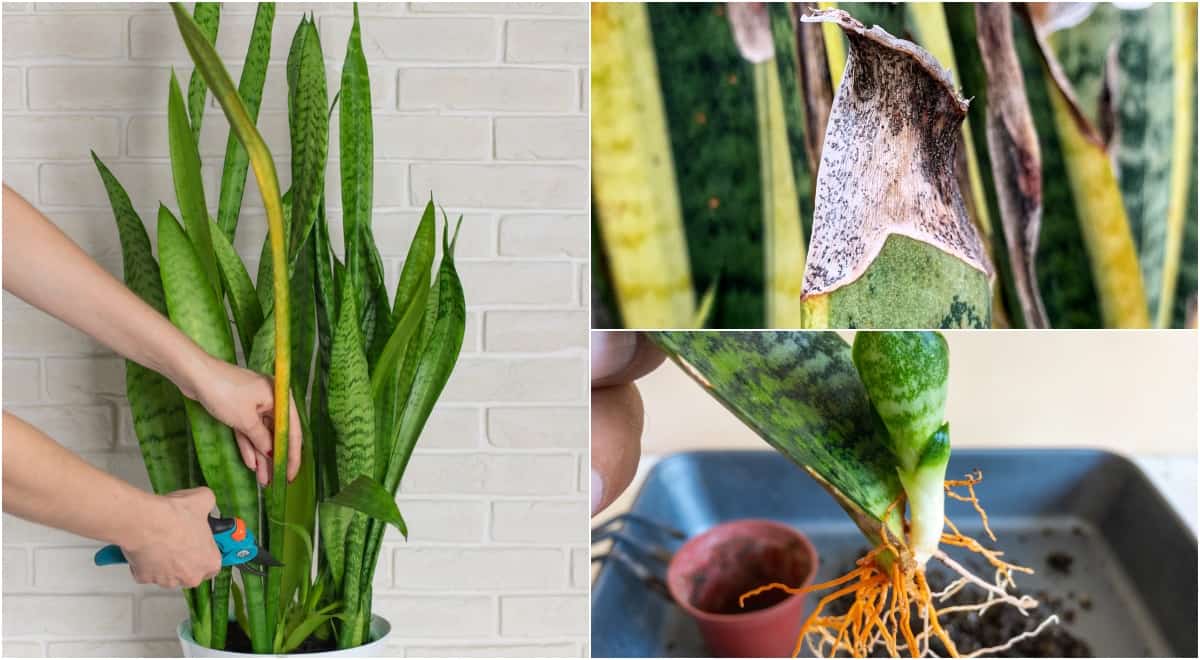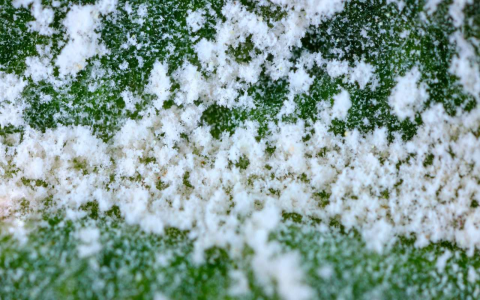Today, I want to share some of my experiences with snake plant diseases. I’ve been growing these plants for a while now, and they’re usually pretty tough. But like any plant, they can sometimes get sick. So, I’m going to show you some pictures and talk about what I’ve learned.
First off, I noticed some weird spots on one of my snake plants. The leaves, which are usually so strong and stand tall, started to get these squishy, orangey-brown spots. It looked pretty bad, and the spots felt wet when I touched them. I was worried, so I did some digging around to figure out what was going on.

Dealing with Leaf Spot Disease
- Identifying the Issue: The first thing I saw was those nasty spots on the leaves. They were spreading pretty quickly, too.
- Taking Action: I knew I had to remove the affected leaves. So, I put on some gloves and carefully trimmed off all the leaves that had those spots. I made sure to throw them away far from my other plants so the disease wouldn’t spread.
- Cleaning Up: After cutting off the bad leaves, I cleaned my cutting tool really well. I didn’t want to accidentally spread the disease to my other plants.
- Treatment: I found out that a copper-based bactericide could help. So, I sprayed it on the remaining leaves to prevent any more spots from showing up.
Then, there’s another problem I’ve run into a few times: root rot. This one’s a real pain. I noticed that some of my plants were starting to droop, and the leaves were bending over. Usually, snake plant leaves are super sturdy, so this was a big red flag.
Dealing with Root Rot
- Checking the Roots: When I saw the drooping leaves, I gently took the plant out of its pot to check the roots. Sure enough, they were mushy and smelled awful.
- Cleaning the Roots: I carefully cleaned off all the rotten parts of the roots. It was a bit messy, but it had to be done.
- Repotting: After cleaning the roots, I repotted the plant in fresh, well-draining soil. I made sure the new pot had good drainage holes, too.
- Watering Less: I realized I had been overwatering my plants, which probably caused the root rot. So, I started watering them less often, only when the soil was dry to the touch.
These experiences taught me a lot about taking care of snake plants. It’s not always easy, but it’s definitely worth it. Just remember to keep an eye out for any unusual signs, like moldy patches or a stinky smell from the soil. And don’t be afraid to get your hands dirty to keep your plants healthy!
Hope this helps you out if you ever run into similar problems with your snake plants. Happy gardening, folks!




















